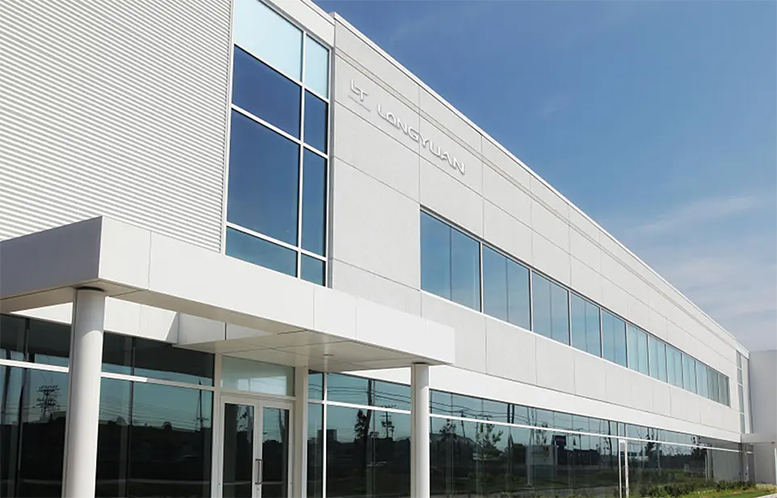
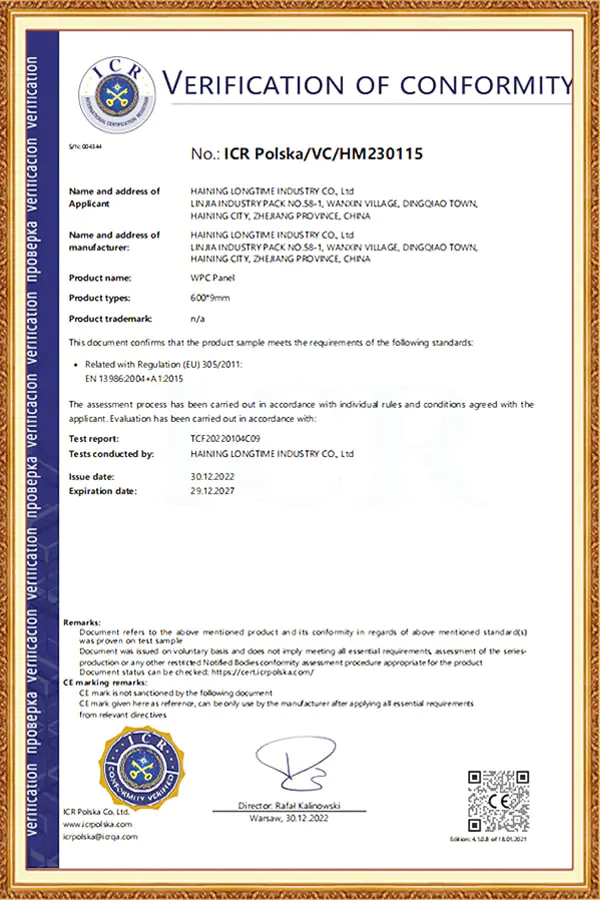
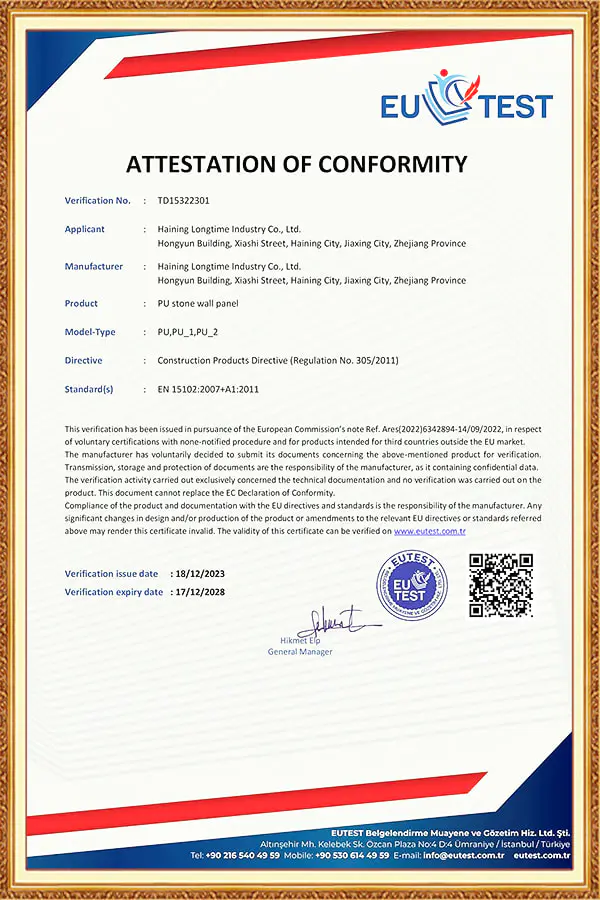
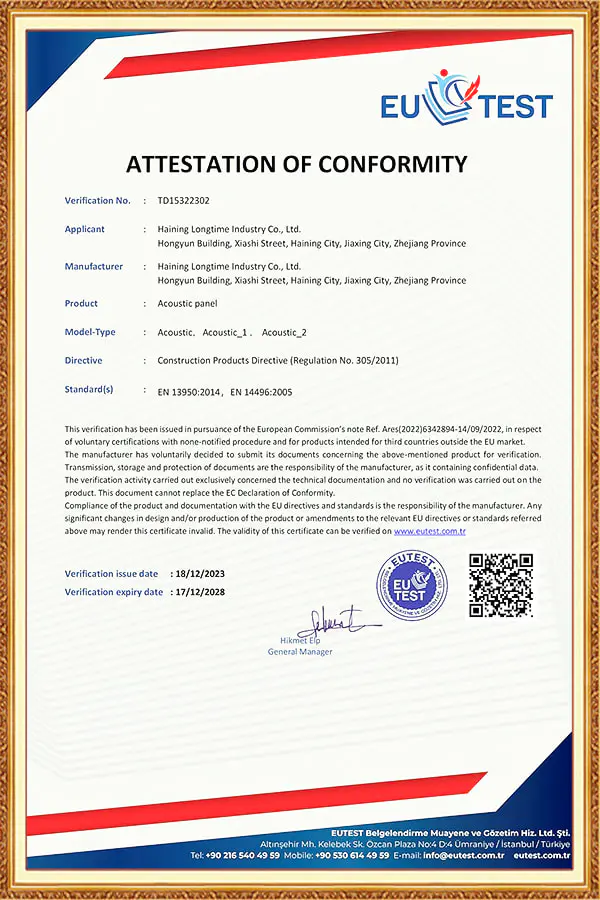
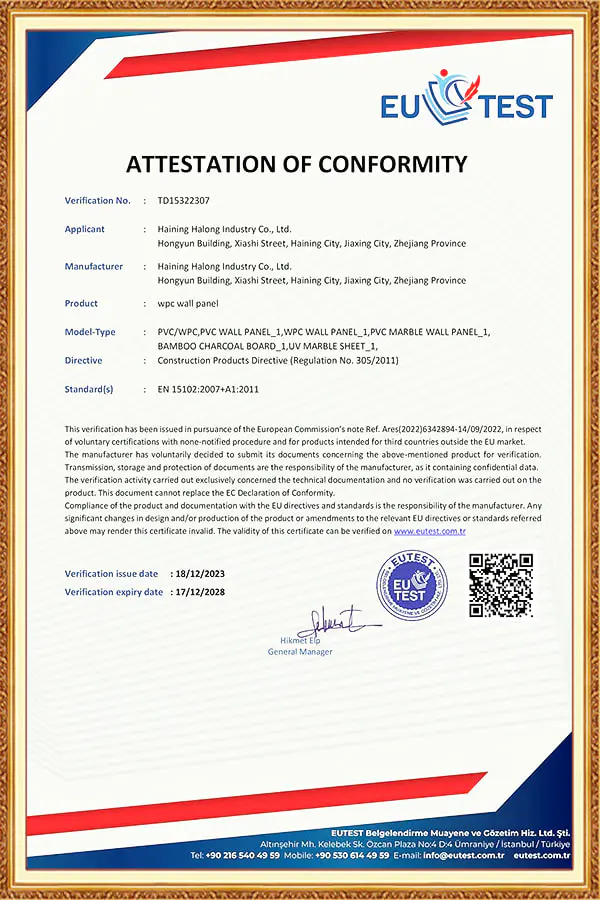
PVC ceiling panel has become a popular choice in modern construction due to its durability, low maintenance, and aesthetic versatility. However, improper installation can lead to warping, gaps, or premature damage. Understanding the correct installation techniques, preparation, and environmental con...
View MoreSPC wall panel has become a popular choice for modern interiors due to its durability, water resistance, and low maintenance. However, cutting and shaping SPC wall panels requires precision and understanding of the material to prevent damage. Improper handling can lead to chipped edges, uneven surfa...
View MoreBamboo wood fiber wall panel has gained widespread attention in modern interior and exterior design due to its eco-friendly properties, durability, and aesthetic appeal. Proper installation not only ensures a long lifespan but also maintains the panel’s structural integrity and visual appeal. Unders...
View MoreArchitectural WPC (Wood Plastic Composite) flooring has emerged as a revolutionary material in the construction and design industry, blending the natural aesthetics of wood with the durability of plastic. Unlike traditional hardwood or vinyl flooring, WPC flooring is engineered using a combination of wood fibers, thermoplastics (such as polyethylene or polypropylene), and additives like UV stabilizers, colorants, and foaming agents. This unique composition results in a product that addresses the limitations of conventional flooring materials while offering a host of functional benefits.
One of the primary advantages of architectural WPC flooring is its resistance to moisture. Traditional wood flooring is prone to warping, swelling, or rotting when exposed to water, making it unsuitable for high-moisture areas like bathrooms, kitchens, or basements. In contrast, WPC flooring’s plastic component creates a waterproof barrier, ensuring it remains stable even in humid environments. This property has made it a preferred choice for both residential and commercial spaces where moisture resistance is critical.
Durability is another key feature. The wood fibers in WPC flooring provide structural strength, while the plastic enhances impact resistance. This combination allows the flooring to withstand heavy foot traffic, furniture movement, and daily wear and tear without scratching, denting, or fading easily. Unlike natural wood, which may require regular sanding and refinishing, WPC flooring maintains its appearance over time with minimal maintenance, reducing long-term costs for homeowners and businesses.
In an era where sustainability is a growing concern, architectural WPC flooring stands out as an eco-friendly option. The wood fibers used in its production often come from recycled sources, such as sawdust, wood chips, or agricultural waste, diverting these materials from landfills. Additionally, the thermoplastics in WPC can be derived from recycled plastics, further reducing the demand for virgin materials and lowering the carbon footprint associated with manufacturing.
Unlike traditional hardwood flooring, which contributes to deforestation, WPC flooring does not require the harvesting of mature trees. This makes it a more sustainable choice for environmentally conscious consumers and builders. Furthermore, WPC flooring is 100% recyclable at the end of its lifespan, aligning with the principles of a circular economy and reducing waste in the construction industry.
Architectural WPC flooring offers unparalleled design versatility, making it suitable for a wide range of architectural styles and interior designs. Manufacturers can replicate the look and texture of various wood species, including oak, maple, walnut, and teak, using advanced printing technologies. This allows designers to achieve the warm, natural appearance of hardwood without the associated maintenance challenges.
Beyond mimicking wood, WPC flooring is available in a spectrum of colors, patterns, and finishes, from sleek modern designs to rustic textures. It can be installed in various formats, including planks and tiles, and is compatible with different installation methods such as floating floors, glue-down, or click-lock systems. This flexibility makes it adaptable to diverse spaces, from residential living rooms and bedrooms to commercial offices, retail stores, and hospitality venues.
Another design advantage is its dimensional stability. WPC flooring is less prone to expansion or contraction due to temperature changes compared to natural wood, ensuring a tight, uniform fit even in environments with fluctuating humidity levels. This stability minimizes gaps between planks, reducing the risk of dirt accumulation and enhancing the overall appearance of the floor.
The unique properties of architectural WPC flooring make it ideal for a variety of applications. In residential settings, it is particularly well-suited for areas like kitchens, bathrooms, laundry rooms, and basements, where moisture resistance is essential. Its durability also makes it a great choice for families with children or pets, as it can withstand spills, scratches, and heavy use.
In commercial spaces, WPC flooring is gaining popularity in restaurants, hotels, healthcare facilities, and retail stores. Its ability to resist stains, bacteria, and mold growth makes it a hygienic option for environments where cleanliness is a priority. Additionally, its sound-absorbing properties help reduce noise levels, creating a more comfortable atmosphere in busy commercial areas.
Outdoor applications are another growing market for architectural WPC flooring. Many manufacturers offer WPC products specifically designed for outdoor use, such as patios, decks, and pool surrounds. These outdoor-rated WPC floors are resistant to UV rays, rain, and extreme temperatures, ensuring they retain their color and structural integrity even when exposed to harsh weather conditions.
One of the most appealing aspects of architectural WPC flooring is its low maintenance requirements. Unlike hardwood floors, which need regular polishing, staining, or sealing, WPC flooring can be kept clean with simple routine care. Regular sweeping or vacuuming to remove dirt and debris, followed by mopping with a mild detergent and water, is usually sufficient to maintain its appearance.
It is important to avoid using harsh chemicals or abrasive cleaners, as these can damage the surface of the flooring. Additionally, while WPC is waterproof, standing water should be wiped up promptly to prevent slipping hazards and maintain the floor’s longevity. With proper care, architectural WPC flooring can last 20 years or more, making it a cost-effective investment in the long run.
The architectural WPC flooring industry is continuously evolving, with manufacturers investing in research and development to enhance product performance and sustainability. Recent innovations include the development of WPC floors with enhanced UV resistance for outdoor use, improved fire-retardant properties for commercial applications, and the integration of antimicrobial additives to inhibit the growth of bacteria and mold.
Another emerging trend is the use of bio-based plastics in WPC production, reducing reliance on fossil fuels and further lowering the environmental impact of the material. Additionally, advancements in printing technology are enabling more realistic wood grain patterns and custom designs, giving consumers even more options to match their aesthetic preferences.
As the demand for sustainable and durable building materials grows, architectural WPC flooring is poised to play an increasingly important role in the construction industry. Its combination of functionality, aesthetics, and eco-friendliness aligns with the needs of modern consumers and builders, making it a material of choice for future construction projects.
For those seeking high-quality architectural WPC flooring solutions, partnering with experienced industry players can ensure access to cutting-edge products that meet the highest standards of performance and sustainability. Haining Longtime Industry Co., Ltd. has been at the forefront of developing innovative WPC flooring solutions, leveraging advanced manufacturing techniques and sustainable practices to create products that balance durability, aesthetics, and environmental responsibility. Their expertise in the field makes them a reliable resource for architects, designers, and builders looking to incorporate architectural WPC flooring into their projects.
In conclusion, architectural WPC flooring represents a significant advancement in flooring technology, offering a versatile, durable, and sustainable alternative to traditional materials. Its unique combination of properties makes it suitable for a wide range of applications, from residential to commercial and outdoor spaces. As the industry continues to innovate, WPC flooring is set to become an even more integral part of modern construction and design, providing both practical benefits and aesthetic appeal for years to come.